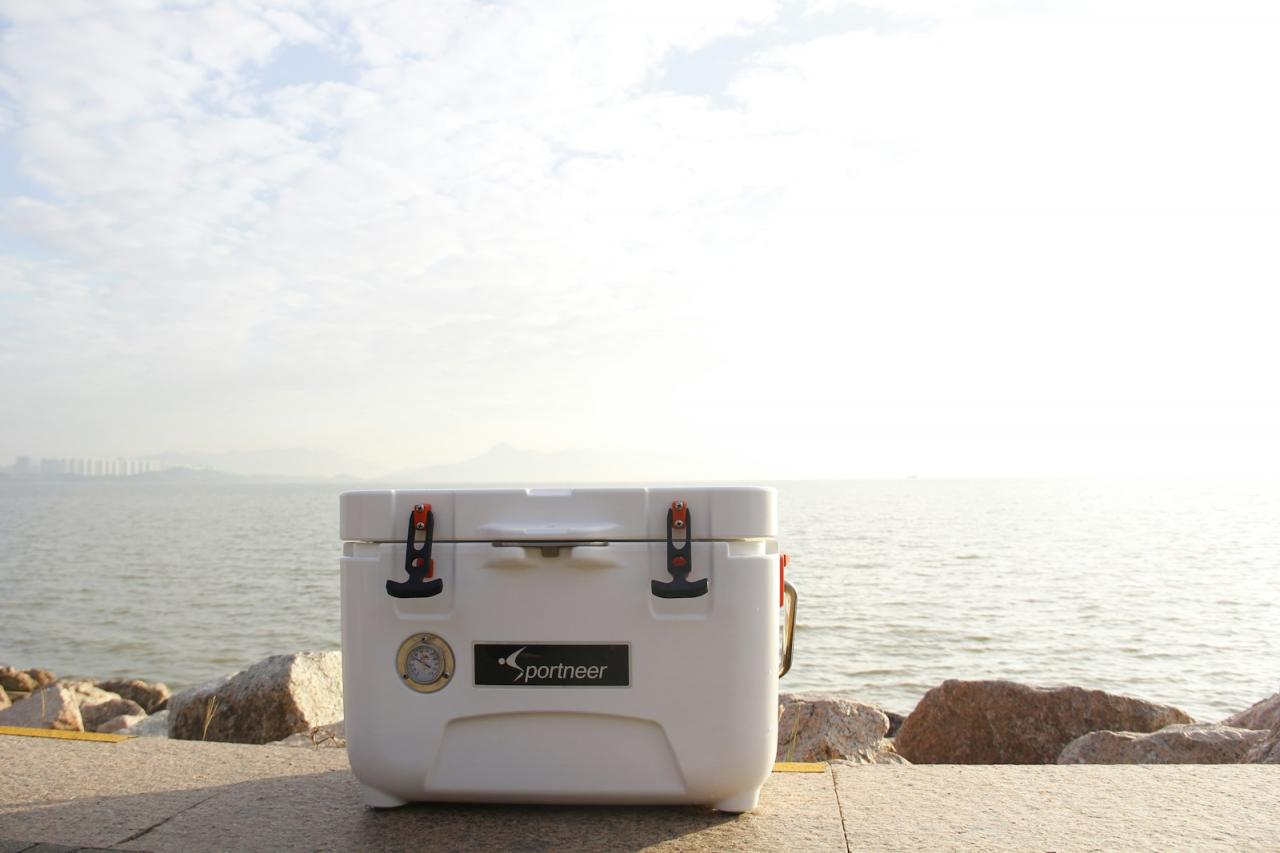
Sure, you love being one with nature. You like the fresh air and the sound of the birds.
However, no camping is complete without good food that is unspoiled and safe from the wild animals. The problem is food storage. How do you handle this dilemma?
How do you ensure that your food stays fresh and safe to eat throughout your camping adventure? That’s where proper food storage techniques come into play.
Taking hikes surely makes a camper hungry. But how can you safely store and cook your food with the absence of oven and refrigerator?
Let’s explore the top strategies and tips for keeping your food cold, fresh and safe while camping
Decide on your camping type
Are you going car camping or backpacking? Car camping is much easier if you want to bring more foods. You don’t have to haul everything out of your car if you choose this option. However, the food storage part is still complicated. Once you have decided on your camping type, you can now determine the amount of food to carry with you.
Protect your food from sunlight
Do not expose it to sunlight or let it get wet. Aside from that, never keep your food inside the car when it is hot. Your food will spoil if you forget to follow these basic rules. Keep your dry goods dry as well. a simple trick is to keep the food under shady areas to keep them cool.
Top 10 ideas for keeping food cold while camping
Here are ten creative ideas to help you maintain the perfect temperature for your perishable items:
Use different coolers per food group
Classify your food into perishables, less perishable, and dry goods and use a different cooler per group. Breads should be in one cooler. Meat or fish, and cooked meat (or fish) leftovers should all be stored in another cooler with ice or dry ice (this depends on your camping duration). Canned goods, uncooked rice, and other dry goods should be in a separate container.
Unpreserved goods should be kept cold
Examples of these goods are butter, cheese, fresh meat, milk, and vegetables. Make sure that you have a cooler if you intend to bring these items with you to camp. Restock your cooler with ice from time to time. If your camping lasts for more than a night, I suggest that you use dry ice instead. However, you should never put eggs, milk, fruits, or vegetables next to dry ice as they will freeze or spoil.
Questions about keeping food cold
How long does ice last in a cooler while camping?
This varies based on factors like cooler insulation, outside temperature, and how often the cooler is opened. Using block ice can extend the cooling period compared to regular ice cubes due to its slower melting rate. In moderate temperatures, block ice can last around 2-3 days, while regular ice cubes may last 1-2 days. It’s essential to monitor the ice levels and consider using additional cooling methods for longer trips.
Can I use regular ice cubes instead of ice packs?
While regular ice cubes can serve the purpose of keeping food cold in a cooler, they tend to melt faster than specialized ice packs. Ice packs are designed to melt at a slower rate, reducing the risk of water leakage and keeping items colder for longer periods. Additionally, ice packs are reusable, making them a more convenient and efficient option for camping trips where a consistent cooling temperature is essential.
Is it necessary to keep the cooler closed at all times?
Keeping the cooler closed as much as possible is crucial to maintaining a consistent temperature inside and prolonging the lifespan of the ice. It is highly recommended to keep the cooler closed at all times when not accessing items inside. Each time the cooler is opened, warm air enters, leading to a temperature increase and accelerated ice melting. To optimize the cooling efficiency and ensure that perishable items remain fresh, minimizing the frequency of opening the cooler is essential.
What foods are best for camping that don’t spoil quickly?
Opt for items that are non-perishable or have a longer shelf life. Canned goods, dried fruits, nuts, jerky, peanut butter, hard cheeses, and fresh vegetables like carrots and bell peppers are excellent choices. These foods require minimal refrigeration and can withstand outdoor conditions, making them convenient and safe options for camping trips.
How can I make my own ice packs for camping?
To create homemade ice packs for camping, combine water with either rubbing alcohol or salt in resealable plastic bags. The addition of rubbing alcohol or salt lowers the freezing point of water, creating a slushy consistency that stays cold longer than plain water. Seal the bags securely, remove excess air to prevent leaks, and freeze them before use. These DIY ice packs are cost-effective, easy to make, and can help keep your cooler contents cold during camping trips.
Do not leave a trail of food to your camp
Clean your area and never leave food lying around. This will attract wild animals that will consume your supplies or potentially harm you. You don’t want to be harassed or attacked by wild animals, do you? Keep this tip in mind to prevent starving yourself. The best protective option you can acquire is a locked box. You don’t need to worry about coolers since you can store them inside your car during night time.
Stock up
If you are going on a very long camping trip, you might want to stock up more on the preserved goods. You can bring pre-packaged foods that can go with other food. Instant foods, packets of condiments, and baking mixes are very useful as well as you don’t need to refrigerate them.
Now that you have learned these tricks, you can head over to your favorite camp sites. What are you waiting for? Start packing now.



